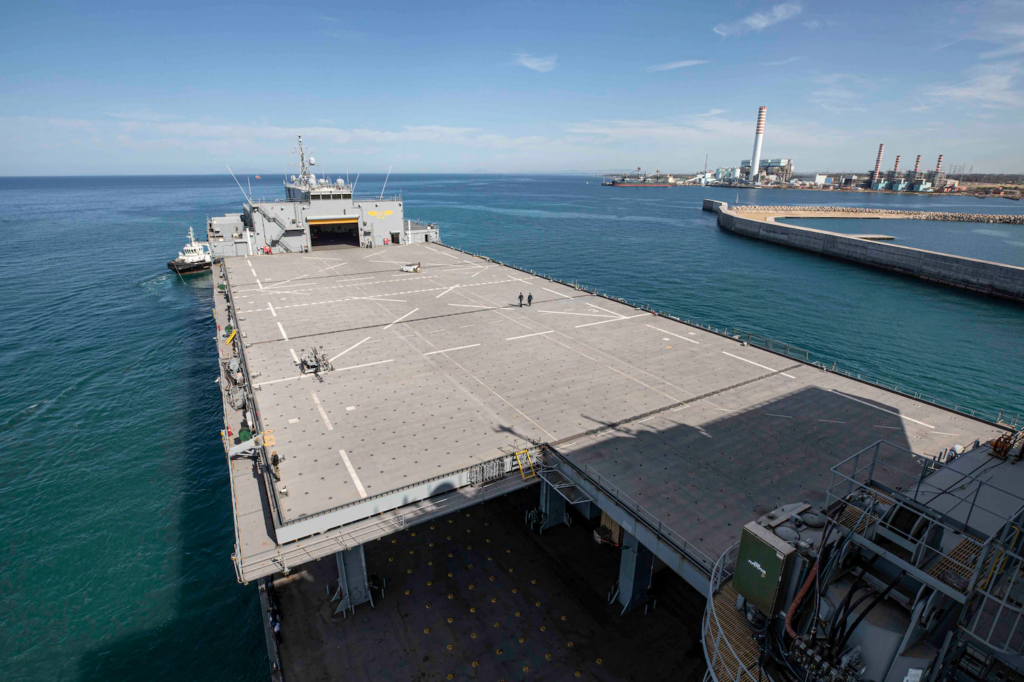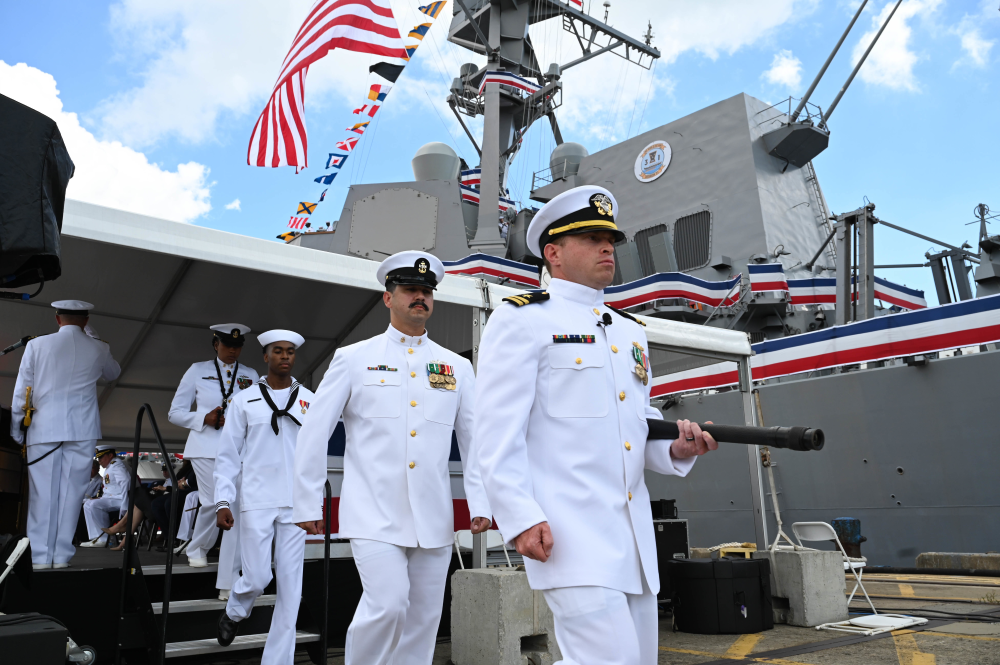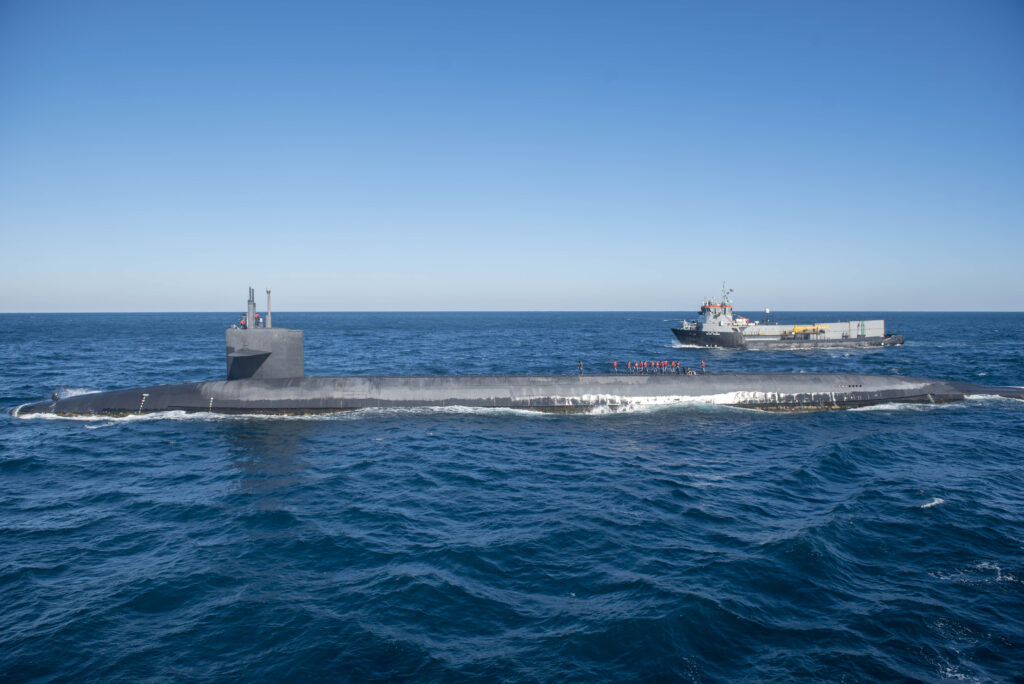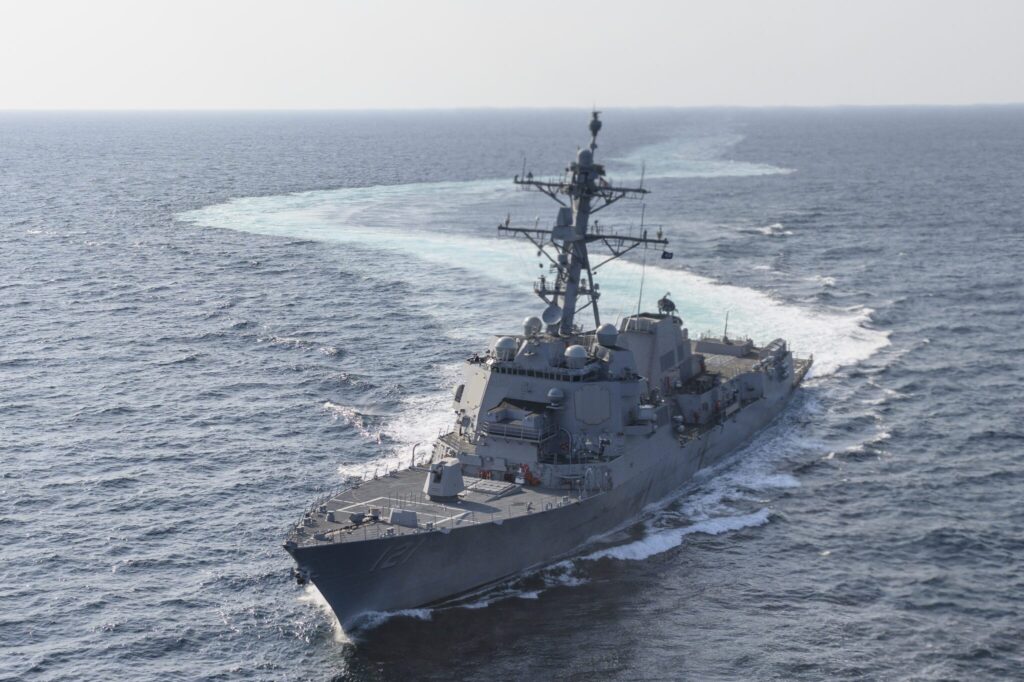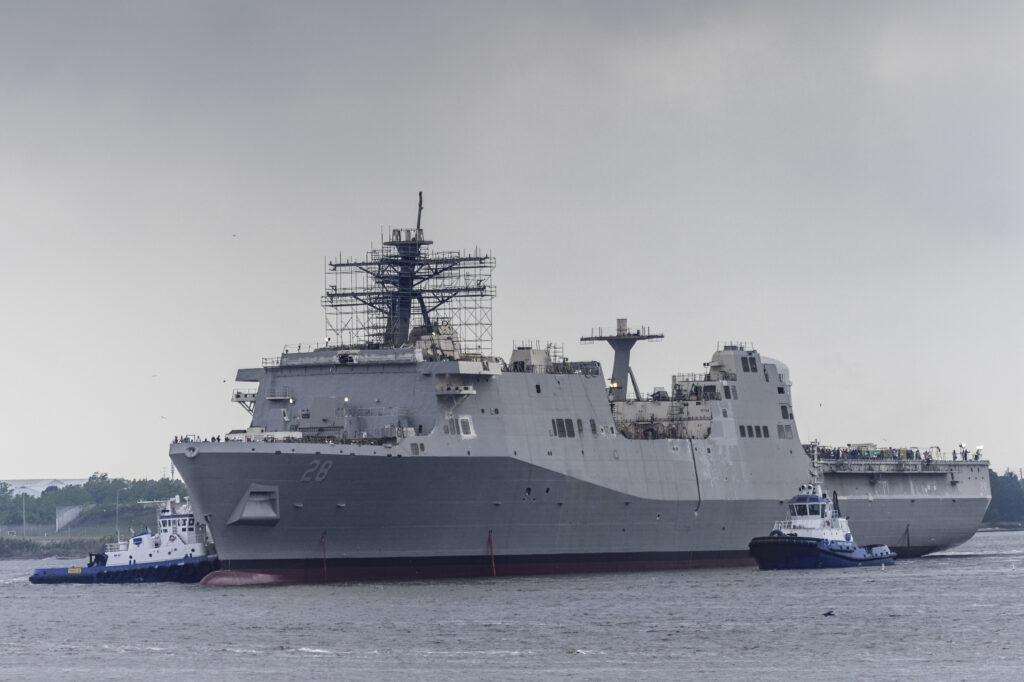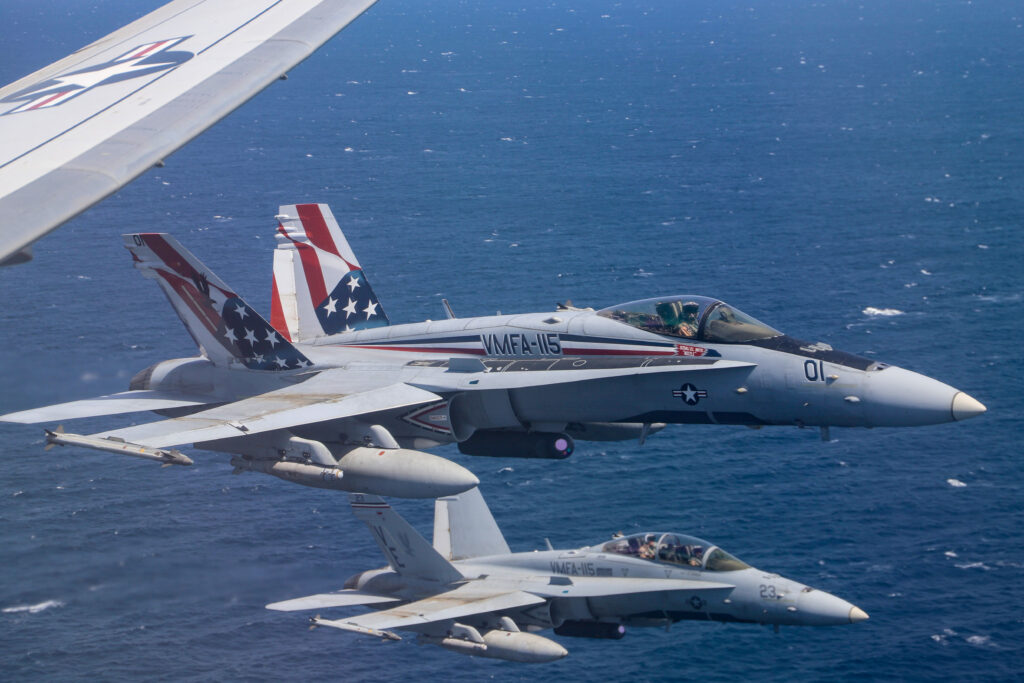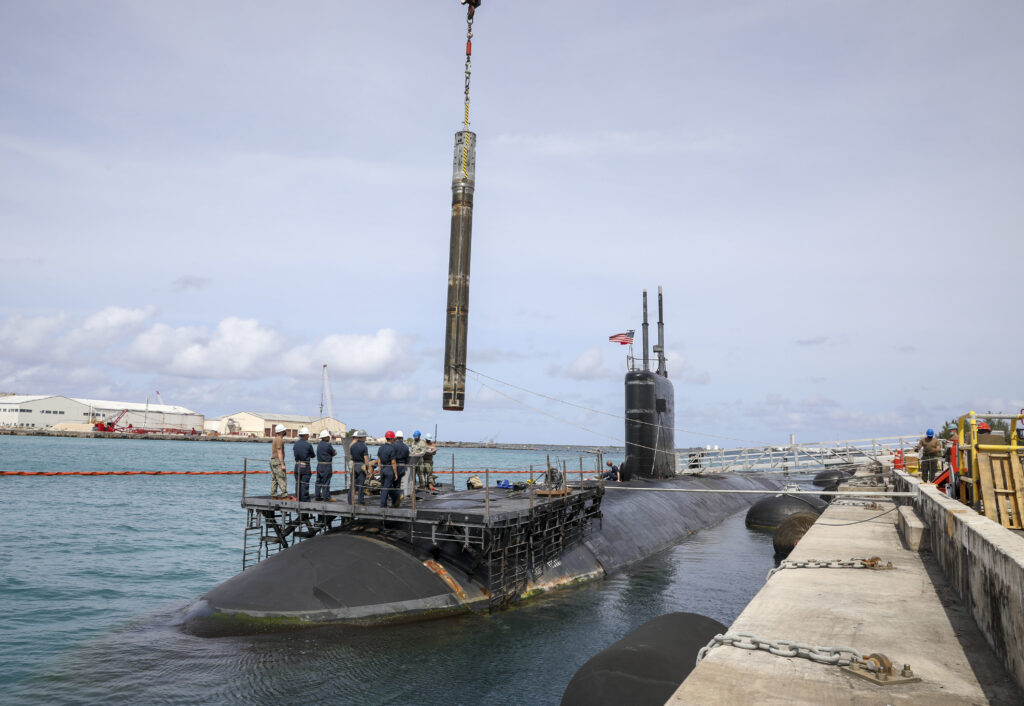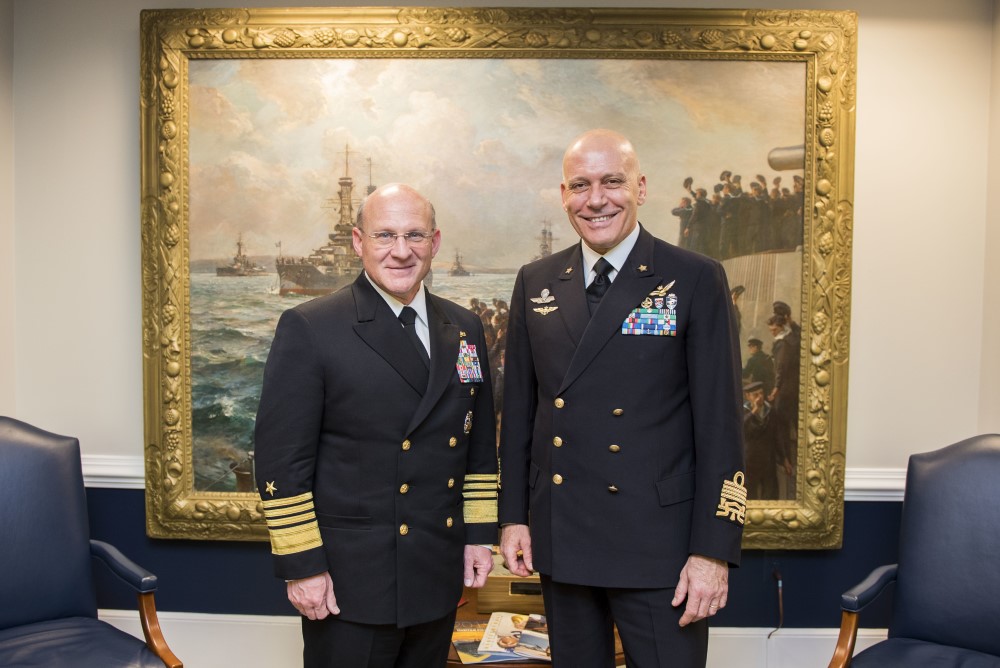Navy Establishes Unmanned Surface Vessel Division One
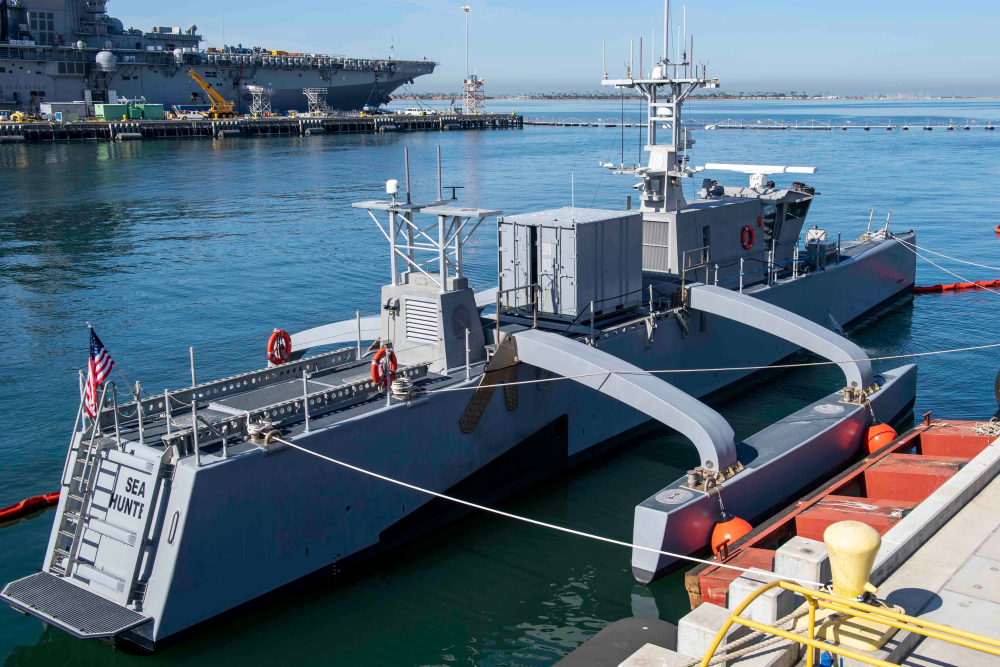
SAN DIEGO – Commander, Naval Surface Force, U.S. Pacific Fleet established Unmanned Surface Vessel Division (USVDIV) One during a ceremony, May 13, which also included a change of command ceremony for Surface Development Squadron One, said Ens. Ronan Williams of the Force’s public affairs office in a May 13 release.
During the combined ceremony, Cmdr. Jeremiah Daley assumed command of the newly established USVDIV One.
“To meet the challenges of the 21st century, we must continue to innovate the surface force,” said Daley. “USVDIV One will accelerate the delivery of credible and reliable unmanned systems in conjunction with increasingly capable manned platforms into the fleet.”
USVDIV One will oversee medium and large unmanned surface vessels including the Sea Hunter and its sister vessel, the Sea Hawk. The division will focus on unmanned surface vessel experimentation and fleet advocacy for the surface force. The division will be a cornerstone in building the foundational knowledge required for Sailors to operate and maintain the USV fleet and spearhead the development of the processes required for USV operations and sustainment.
Vice Adm. Roy Kitchener, Commander, Naval Surface Force, U.S. Pacific Fleet, presided over the ceremony.
“USVDIV One will be a catalyst for innovation as we employ unmanned surface capabilities in the Pacific Fleet,” said Kitchener. “The implementation of unmanned systems will increase decision speed and lethality to enhance our warfighting advantage.”
Capt. Shea Thompson relieved Capt. Jeffrey Heames as commodore of SURFDEVRON One.
“It’s been an honor and privilege to lead a team of surface warriors who are shaping the future of our force,” said Heames. “I know Capt. Thompson shares this enthusiasm and drive to innovate and transform the surface force into a formidable 21st century fighting organization.”
Heames was SURFDEVRON One’s second commodore. Previously, he commanded USS Preble (DDG 88) and served as the Commodore for Destroyer Squadron 23.
SURFDEVRON One is responsible for the maintenance, training, and manning oversight for medium and large USVs and the Zumwalt-class guided-missile destroyers, including the future USS Lyndon B. Johnson (DDG 1002).
